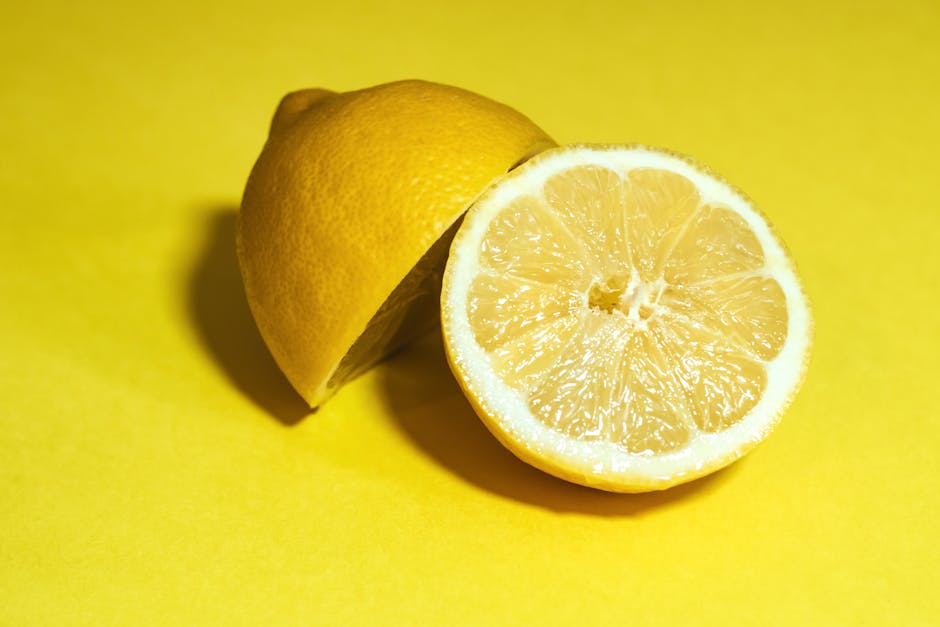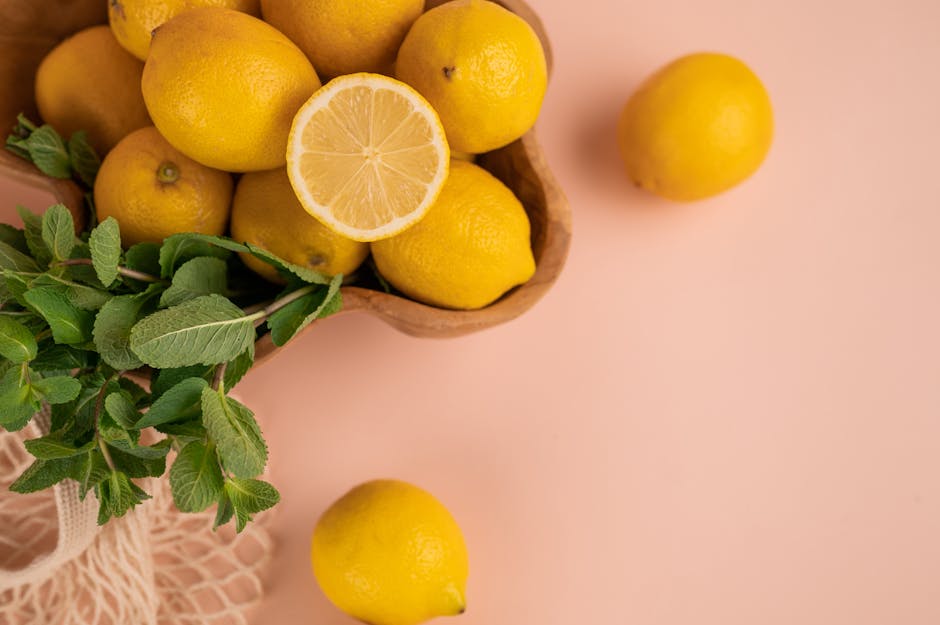The Scent of Cooking: Discover How Aromas Shape Culinary Creations
Every aromatic note wafting from your kitchen offers a deeper connection to the food you create—it's an unspoken language that enhances flavor and stirs memories. When cooking, aromas play a much more pivotal role in our culinary experience than we often realize. They engage our sense of taste, igniting a symphony of flavors that dance in harmony, awakening our appetites and evoking emotions. Understanding this relationship can elevate even the most mundane meals into extraordinary culinary adventures.
The Science Behind Aromas and Taste

Taste and smell are intrinsically linked. Together, they form a complex system known as the "orbital frontal cortex," where sensory signals converge. Studies have shown that the brain interprets about 80% of what we taste through our sense of smell. When food is ingested, aromatic compounds are released, traveling through the nasal passage and influencing flavor perception. This is why a dish that might seem bland from taste alone can become a palette revelation when aromatic elements are emphasized.
Aromas tell stories. Picture walking into a bakery—those inviting scents of fresh bread and pastries trigger a plethora of nostalgic memories. Creating recipes rooted in these childhood scents can ground us in our culinary practices, guiding our flavor choices and evoking emotions with every bite.
Aromatic Ingredients That Elevate Dishes

Now that we know that aromas significantly impact our culinary experience, it’s time to explore specific aromatic ingredients that can breathe life into your cooking.
1. Herbs and Spices

Fresh herbs like basil, coriander, and rosemary are aromatic powerhouses. Infusing your dishes with fresh herbs can enhance flavor depth and make your meals more enticing. For instance, a simple chicken dish can be radically transformed by a sprinkle of rosemary, lending a woodsy, earthiness that elevates the plate.
Spices such as cumin, cinnamon, and cardamom create layered aromatics that add warmth and complexity. Experiment with combinations like cumin and coriander for a Latin twist, or cinnamon and nutmeg for comforting baked goods—both will leave your guests enchanted.
2. Citrus Zest and Juices

The bright, zesty notes of lemon, lime, and orange can awaken your taste buds. Zesting a citrus fruit before adding it to a dish releases essential oils, deepening the aroma and flavor without the acidity of the juice. Imagine a lemon-garlic pasta; a sprinkle of lemon zest adds a vibrant aroma that captivates, complementing the warmth of the garlic as they mingle in the pan.
Innovative Recipes that Emphasize Aromatics

Let’s put this aromatic knowledge to work! Here are a few creative recipes designed to highlight the power of scent in your cooking.
Lemon Herb Grilled Chicken

Start with marinated chicken seasoned with olive oil, fresh rosemary, thyme, and the zest of a lemon. As the chicken grills, the aroma fills the air—smoky, citrusy, and altogether tantalizing.
Ingredients:
- 4 chicken breasts
- 1/4 cup olive oil
- Zest and juice of 1 lemon
- 1 tbsp fresh rosemary, chopped
- 1 tbsp fresh thyme, chopped
- Salt and pepper to taste
Directions:
1. In a bowl, mix olive oil, lemon zest, rosemary, thyme, salt, and pepper.
2. Marinate the chicken breast for at least an hour in the refrigerator.
3. Preheat your grill and cook the chicken for about 6-7 minutes on each side.
4. Let rest for a couple of minutes before serving.
Spiced Citrus Salad

Elevate your salads with a medley of aromatic notes by combining orange segments tossed with a sprinkle of cardamom and a drizzle of honey. The result is a dish that captures the essence of summer, with beautiful, light aromas that refresh your palate.
Ingredients:
- 2 oranges, segmented
- 1 tsp ground cardamom
- 2 tbsp honey
- Fresh mint leaves
Directions:
1. Combine orange segments with cardamom and drizzle honey over the top.
2. Toss gently, topping with fresh mint leaves before serving.
The Aromatic Experience: Tips to Master Scent in Your Cooking

To truly embrace the concept of aroma in your culinary journey, here are a few practical tips to enhance your cooking with scent mastery:
Engage Your Senses

When preparing your meals, engage all of your senses. Smell each ingredient as you add it and observe how the aromas change during the cooking process. Consider creating a ritual of mindful cooking where you take a moment to appreciate the scents before they transform in the pan.
Use Aromatic Infusions

Experiment with aromatic infusions by steeping herbs or spices in oils or vinegars. For instance, garlic-infused oil can be used as a dressing or in marinades, enhancing the overall flavor profile while imparting a lovely aroma. Just remember, patience is key here; let these infuse for at least a week in a cool dark place.
Play with Aroma and Visual Presentation

Take your plating to the next level by incorporating layered aromas visually and texturally. For example, combining different colored ingredients, such as roasted bell peppers or vibrant greens, not only enhances the aesthetic appeal but also factors into how we perceive aromas as we eat. Refer to our article on cooking with colors for a deeper dive into how visuals and aromas elevate dishes.
Engaging with Aromas: Experiments in the Kitchen

If you’re keen to explore the world of aromas more profoundly, consider conducting simple kitchen experiments.
Aroma Pairing Tests

Set up a tasting challenge with friends or family by pairing unexpected flavor combinations that share aromatic similarities. For example, pair peaches with basil or chocolate with rosemary and see how the fragrance influences your perceptions of the taste. This can spark creativity in your everyday dishes and create delicious surprises.
Expert Insights on Aroma in Cooking

Renowned chefs like René Redzepi and Alice Waters emphasize the importance of using local, rich ingredients that are in season. They understand how nature’s aromas build unforgettable flavors. When shopping, consider visiting local farmer’s markets where ingredients are abundant in scents, ripe for culinary inspiration.
In addition, cognitive research indicates that aroma plays a significant role in memory and emotions related to food. By incorporating aromatic ingredients thoughtfully, you dive deeper into your culinary heritage and make cooking a more personal experience.
Creations Mastered Through Aroma

Creating aromas is not solely confined to cooking with distinctive flavors. Infusions can also be made outside the kitchen. For instance, consider crafting homemade fragrant candles using essential oils based on your favorite culinary scents—clove, orange, or vanilla could transform your cooking space into an aromatic haven!
Optimizing Aromas for Comfort Food

Sometimes, food serves not only as nourishment but as emotional sustenance. Cooking during a self-care evening can become a ritual aromatically. Consider making a spice-laden chai tea, enriching your space with its warming, comforting scents. These aromas can help you relax as you savor each sip while cooking your favorite comfort foods.
Beyond Cooking: Aromatic Uses in Everyday Life
Even if you are not cooking, you can embrace the world of aromas in your everyday life. A simple act like brewing a fresh pot of herbal tea releases fragrant notes into your home, creating a cozy atmosphere. Or try rolling citrus peels on a surface—let their scent enhance the ambiance while you unwind.
An exploration of aromas transcends taste; it's about crafting memories, evoking feelings, and connecting with the world around us.
Final Thoughts: Embracing the Scent of Cooking
Aromas offer a rich gateway into the culinary arts—one that transcends what we merely taste and connects us with memory and emotion. By emphasizing scent in your cooking, you not only elevate your meals but also create deeper experiences for yourself and those you share them with. So, whether you find joy in cooking with fresh herbs, embarking on flavor experiments, or simply enjoying the fragrant aromas wafting through your kitchen, let scent be your guiding star.
As you embark on this aromatic adventure, don’t forget to explore more about the intriguing interplay of visuals and flavor through the sensory lens of cooking. Your kitchen is a canvas waiting to be painted with fragrant creations.



